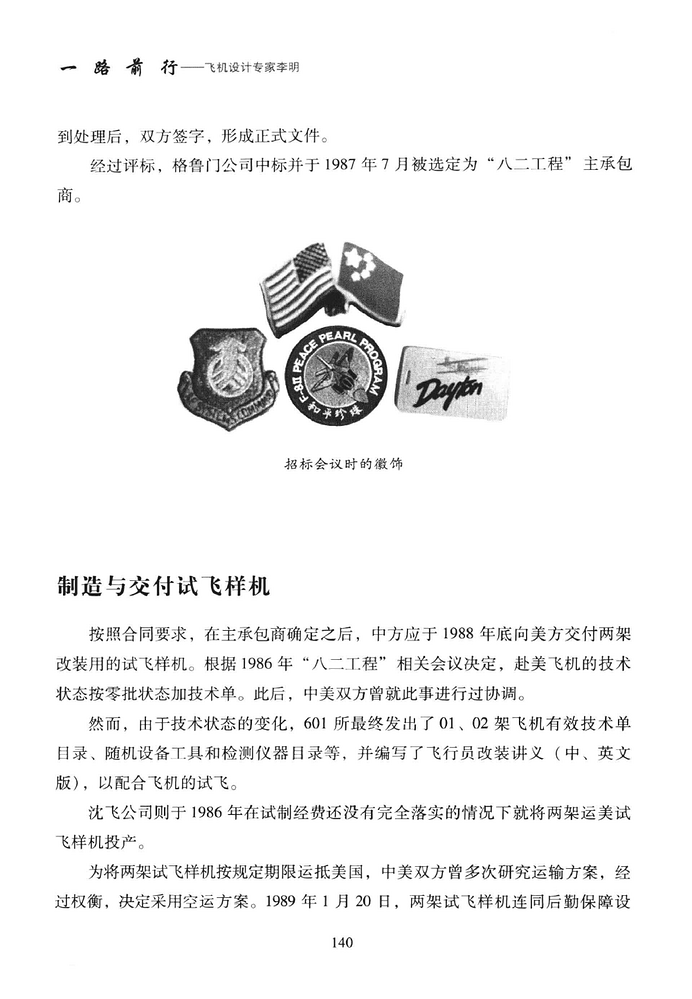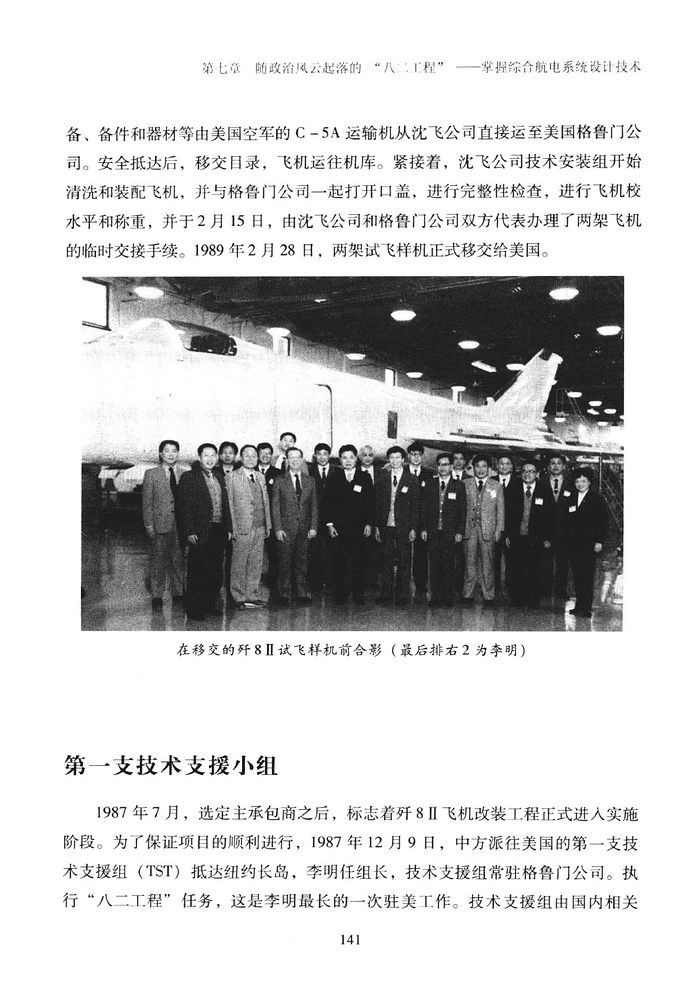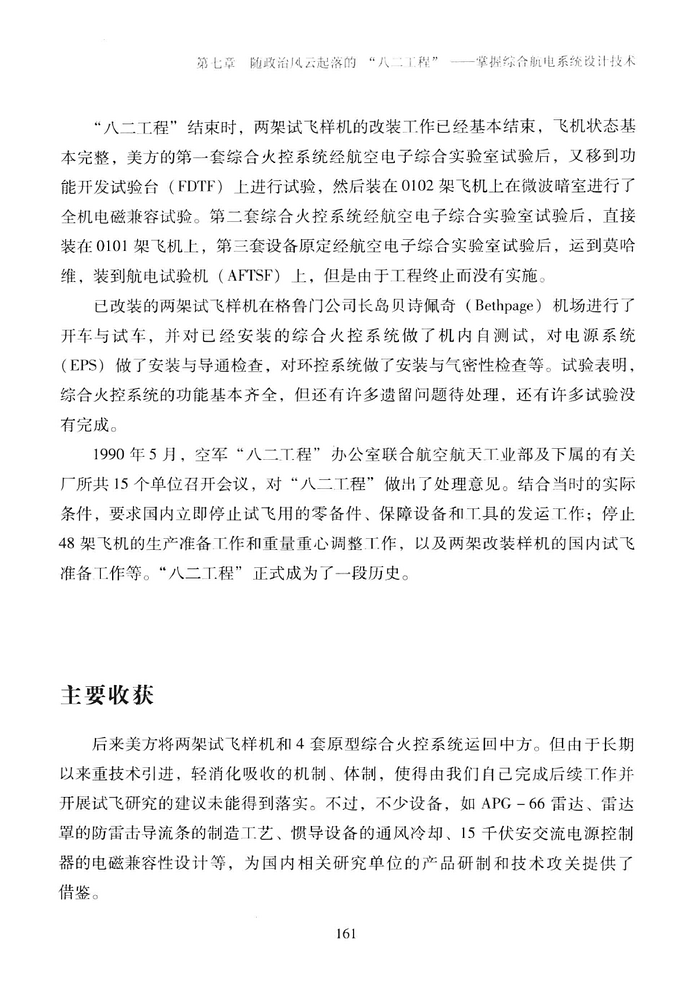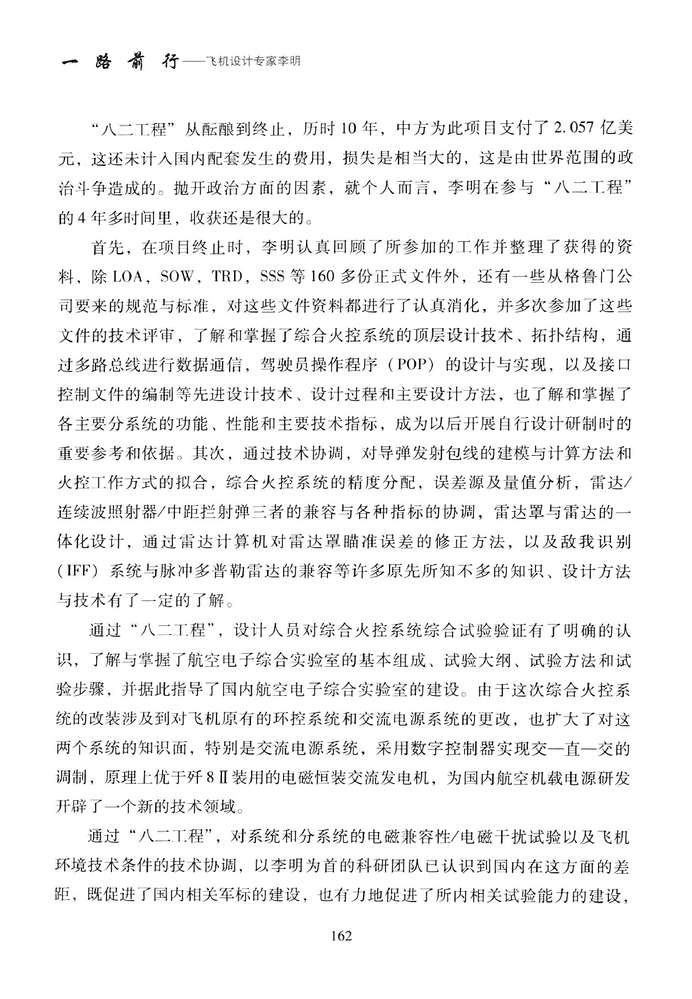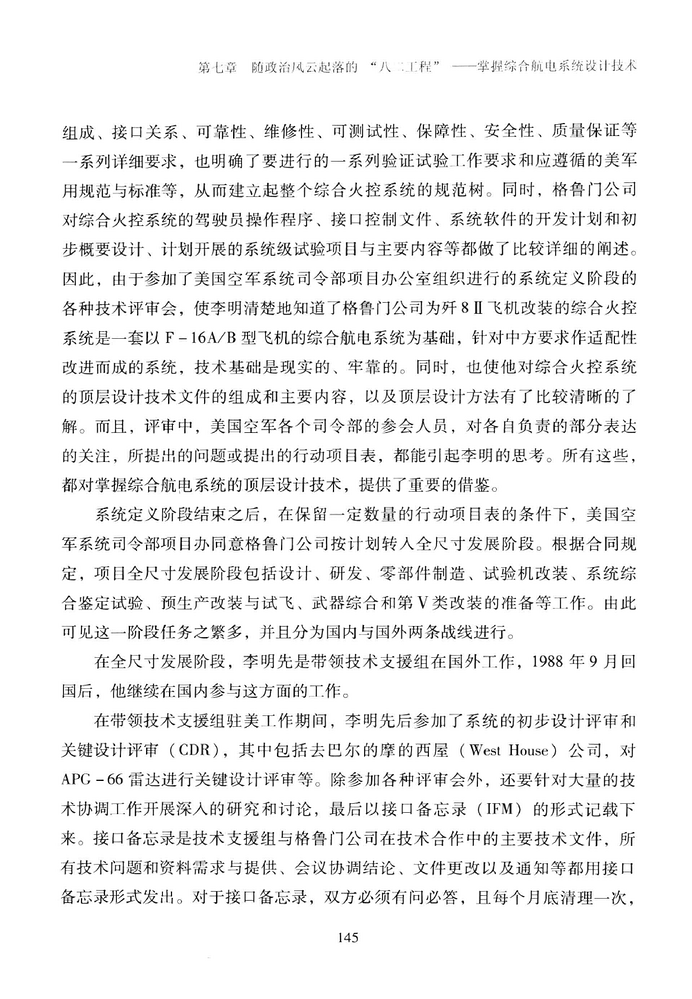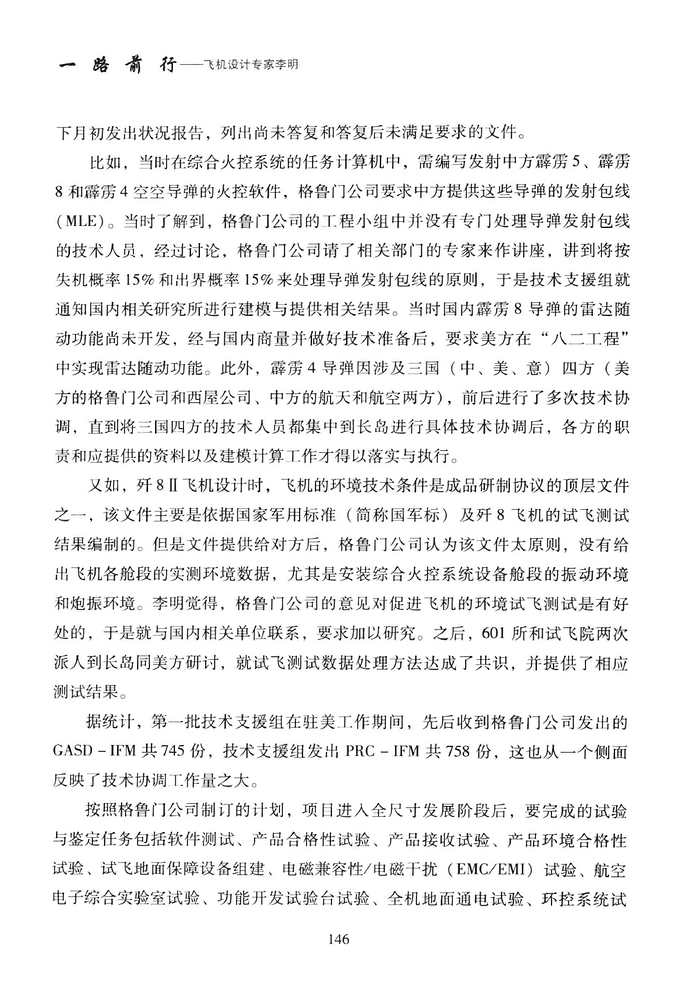- Yes
- No
History
With Sino-American relationship vastly improving in the 1980s, China surely took the chance to import many western military technologies. There were many military collaboration projects with Western countries during this period, and one of the most well known is the Peace Pearl Program.
On October 12, 1985, the State Council and the Central Military Commission of PRC officially issued a reply, expressing their agreement in principle to modify the J-8II aircraft with American technology. On October 30, 1986, China and the United States signed an LOA document, which stipulated that the United States would provide China with 55 sets of production equipment and 4 sets of prototype equipment, with an estimated total cost of about 500 million US dollars. The cooperation project is called the Peace Pearl Program (PPP) in the United States and the “82 Project” in China.
In July 1987, Grumman was selected as the main contractor for Project 82. Improvements include AN/APG-66(V)Pulse Doebler radar, F-16 style HUD, 1553B data bus, new fire control computer, inertial navigation system, Martin-Baker ejection seats etc. In addition, the two sides also discussed the introduction of AIM-7M air-to-air missiles and the replacement of the J-8II with F404 engines.
On January 20, 1989, two J-8II aircraft and a nose section model were transported to Grumman in the United States by C-5 transport aircraft of the United States Air Force, and about 20 Chinese technicians went to the Grumman factory on Long Island, New York, and Dayton Air Force Base for training and study.
However, the project eventually came to nothing as political events in 1989 caused China to cancel the contract. The next year, the U.S. handed over two prototypes and modification packages to China. The two aircraft now reside in Beijing and Shenyang, but the full-size nose now in Kansas, USA.
Place in War Thunder
Capability wise, it is comparable to J-8F currently in the game, with a good PD radar and the ability to carry up to 6 IR missiles and 2 SARH missiles (Aspide or PL-11). Since it is a prototype, it could make a very interesting event / squadron / premium aircraft at around BR 11.3.
Speification
General Characteristics
Crew: 1
Length: 21.39 m (70 ft 2 in) (20.53 m (67.4 ft) excluding nose pitot probe)
Wingspan: 9.344 m (30 ft 8 in)
Height: 5.41 m (17 ft 9 in)
Wing area: 42.2 m2 (454 sq ft)
Airfoil: root: TsAGI S-12 (4.2%); tip: TsAGI S-12 (5%)[30]
Empty weight: 10,371 kg (22,864 lb)
Gross weight: 15,288 kg (33,704 lb)
Max takeoff weight: 18,879 kg (41,621 lb)
Powerplant: 2 × Guizhou WP-13B afterburning turbojet engines, 47.1 kN (10,580 lbf) thrust each dry, 68.6 kN (15,430 lbf) with afterburner
Performance
Maximum speed: 2,300 km/h (1,400 mph, 1,200 kn)
Maximum speed: Mach 1.8
Combat range: 1,000 km (620 mi, 540 nmi) radius with 3x drop tanks
Combat radius with one AAR: 900 km (560 mi; 490 nmi)
Service ceiling: 18,000 m (59,000 ft)
g limits: +4.7 sustained at 5,000 m (16,000 ft)
Rate of climb: 224 m/s (44,100 ft/min) at sea level
Thrust/weight: 0.74
Unstick speed: 330 km/h (210 mph; 180 kn)
Take-offrun: 630 m (2,070 ft)
Touchdown speed: 224 km/h (139 mph; 121 kn)
Landing run: 900 m (3,000 ft)
Armament
Guns: 1 x 23mm Type 23-III cannon
Hardpoints: 1 centerline and 6 under-wing hardpoints with a capacity of 3 x drop tanks
Rockets: 4 x Type 90-1 FFAR pod (57-mm or 90-mm)
Missiles: 6 x PL-5 IR AAM or PL-8 IR AAM or 2 x Aspide SARH AAM or 2 x PL-11 SARH AAM
Bombs: 10 x 250 kg (550 lb) (4 under-wing, 6 on centerline)
Avionics
AN/APG-66(V)radar
Photos
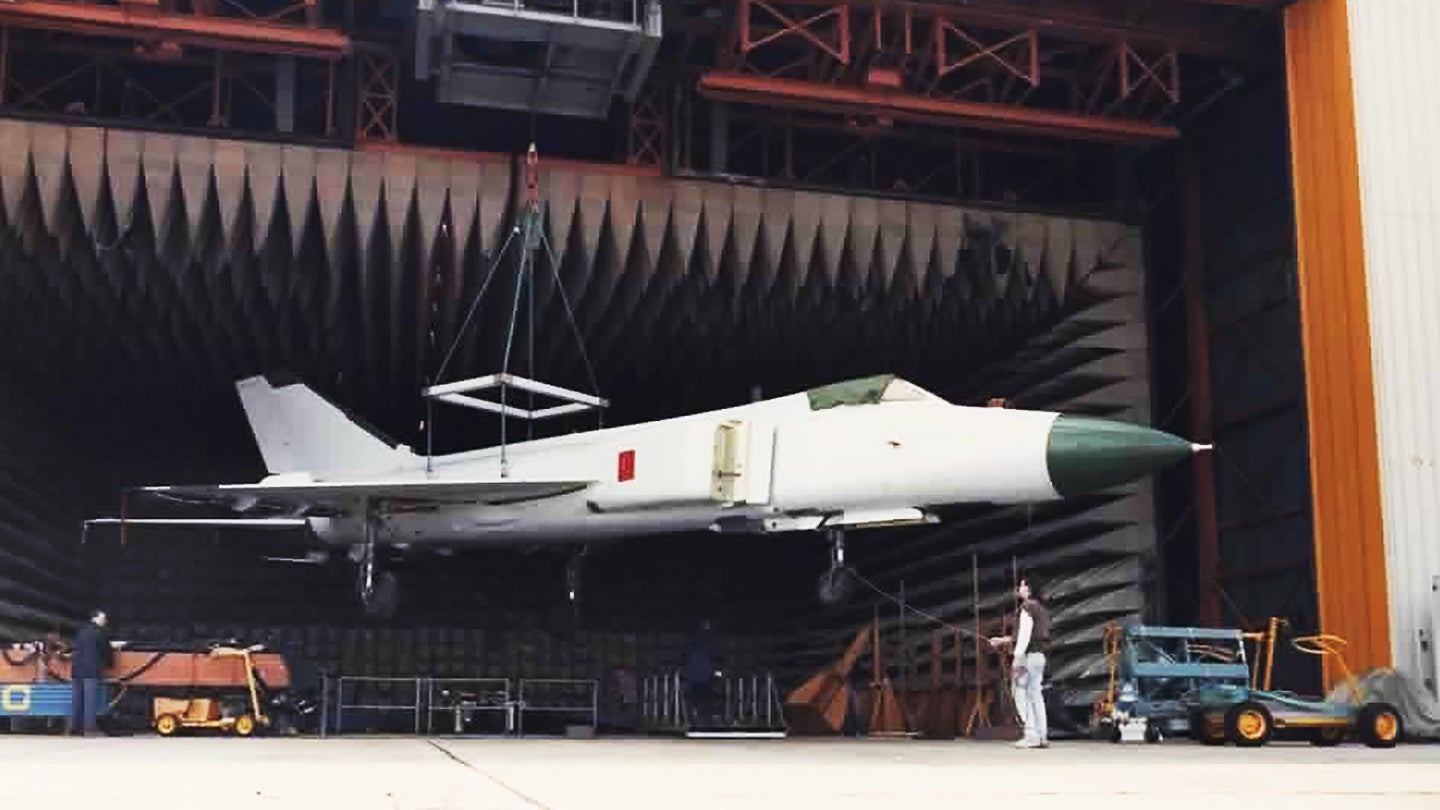
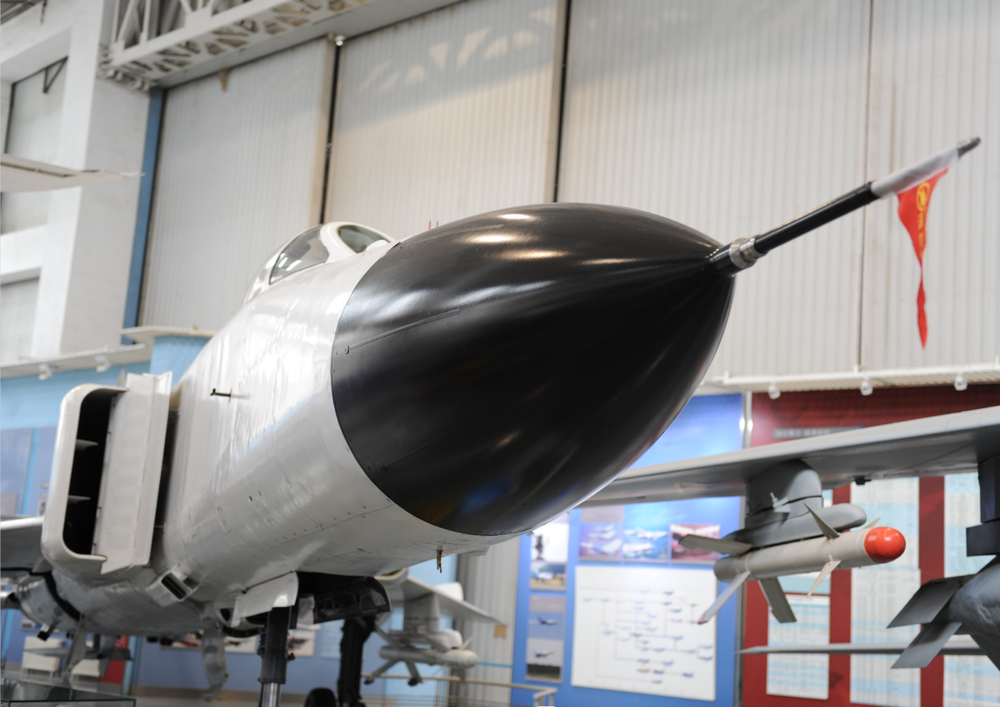
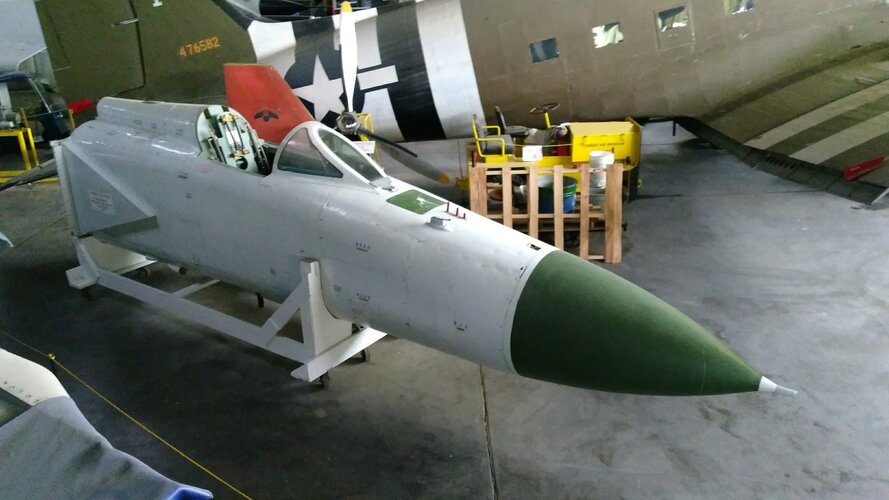


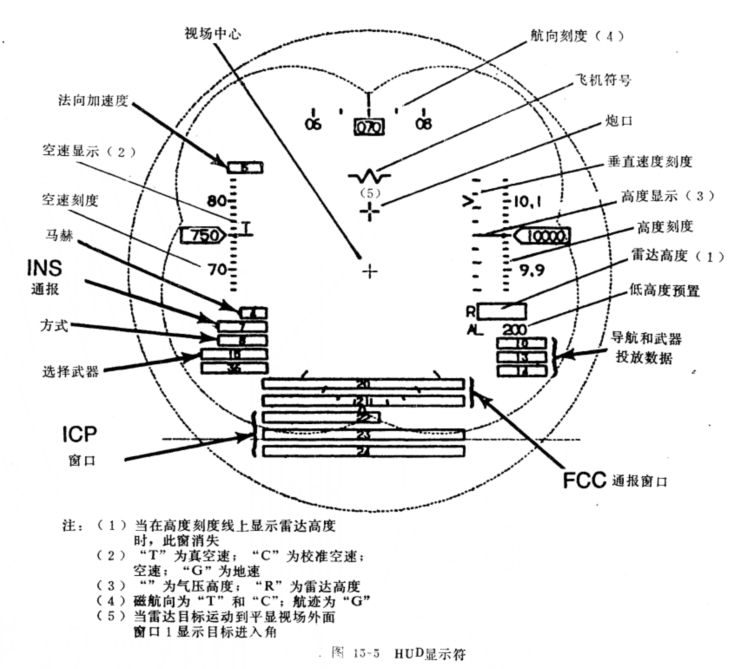
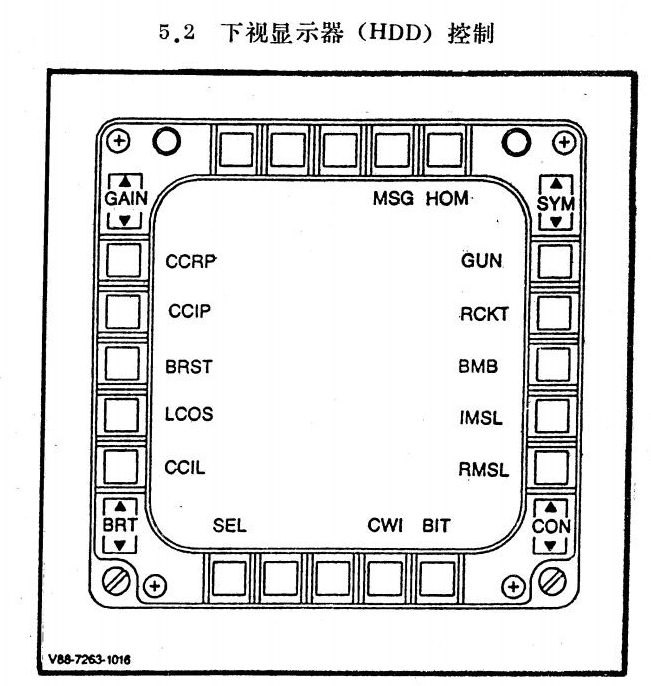
Sources
- Gordon, Yefim; Komissarov, Dmitry (2008). Chinese Aircraft: China’s aviation industry since 1951. Manchester: Hikoki Publications. ISBN 978-1-902109-04-6. pp. 81–83.
- 浅谈和平典范
- [DCS: J-8II] More Details of J-8PP and Q&A - DCS: J-8II - ED Forums
